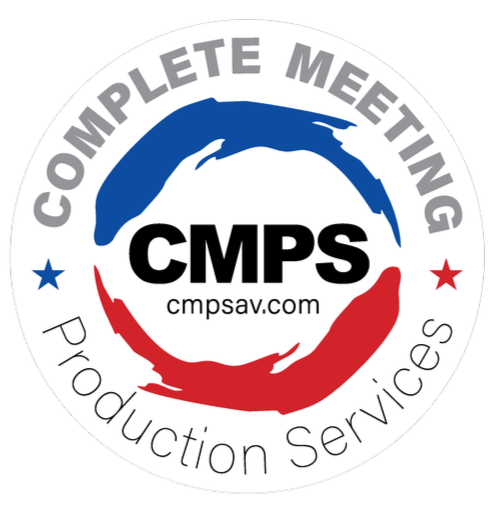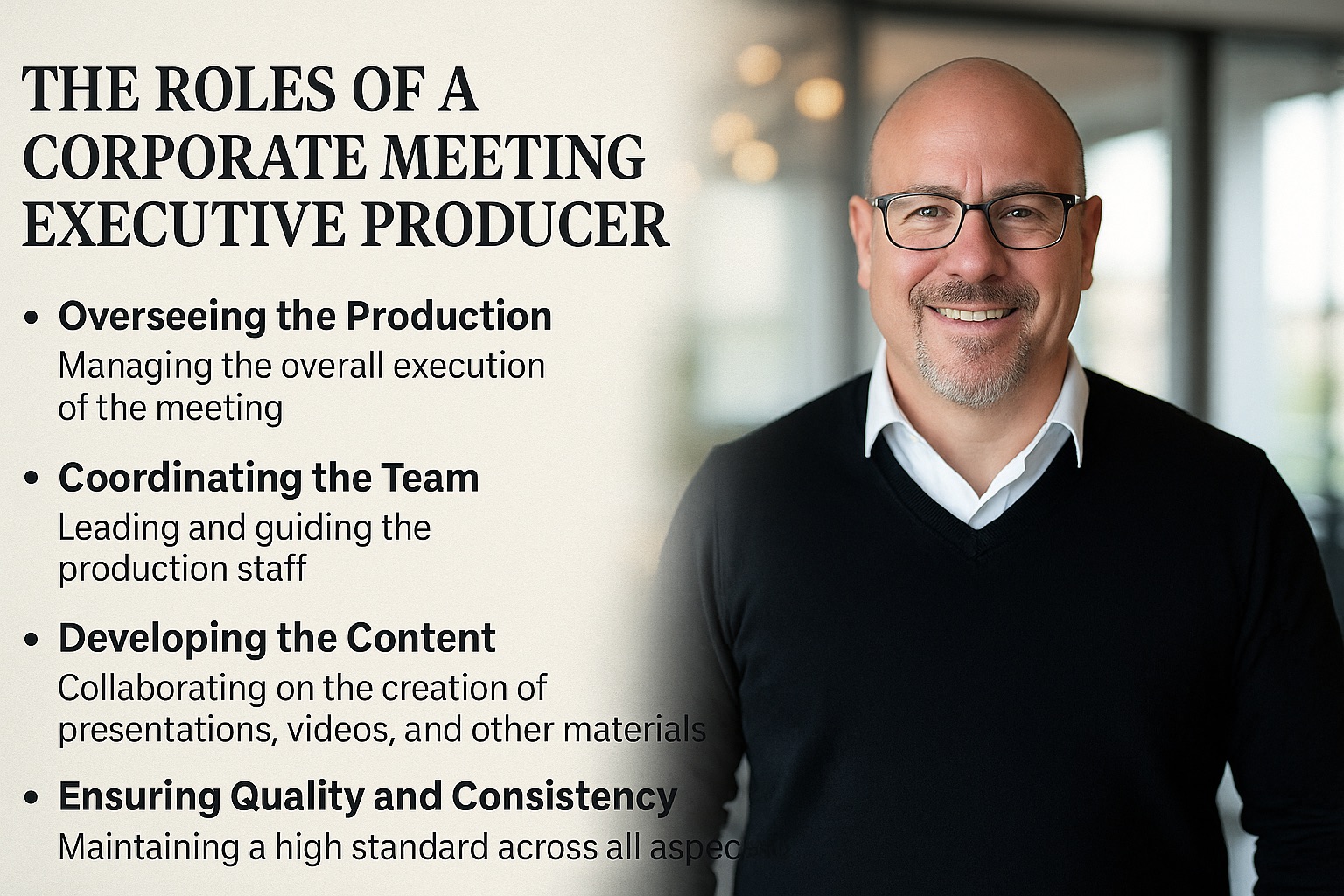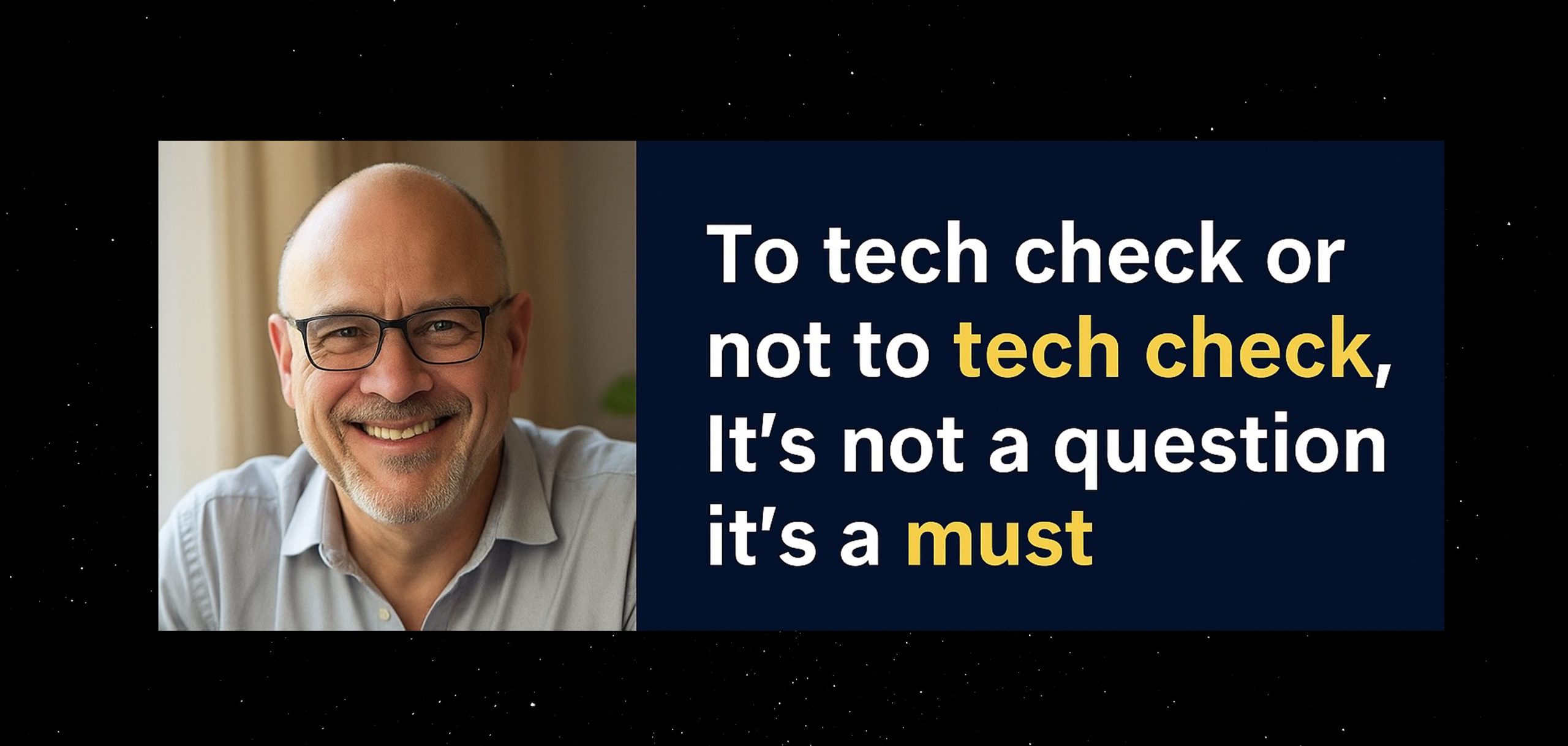Memorable events do not happen by accident. They come together when an event production team plans in sync, moves quickly, and communicates clearly. Whether it is a conference, a product launch, or a festival, the right crew turns ideas into experiences guests remember.
Behind the scenes, many details shift at once. Logistics, lighting, schedules, speakers, and guest flow compete for attention. Strong teams create clarity, set tempo, and keep decisions moving. The sections below outline the essential event team roles and how they work together without slowing the show.
Event Producer
Leads vision and outcomes. Sets goals, budgets, schedules, and vendor strategy. Aligns every department around a single plan and makes smart trade-offs when pressure rises. Steadies the room so the show stays on course, and a big idea becomes a plan every function can follow within a practical event team structure.
Event Coordinator
Runs day-to-day execution. Tracks tasks, confirms bookings, manages timelines, and absorbs last-minute changes without drama. Keeps vendors, crew, and client aligned with crisp updates and clean handoffs. These are core event coordinator roles that prevent details from slipping.
Technical Director
Owns the technical environment. Designs and supervises audio, lighting, staging, projection, cameras, and signal flow. Staff engineers and operators make checks and protect stream quality during hybrid moments. Clear technical leadership keeps messages audible and visuals readable across the room.
Creative Director
Shapes look and feel. Sets the story arc, palette, motion style, graphics, scenic elements, and transitions so every visual supports the theme and the brand. The program reads as one continuous story from open to close.
Marketing and Communications
Brings the right people into the room and keeps them engaged. Owns the content calendar, social posts, emails, landing pages, media assets, and recaps. Drives registrations early and carries the conversation after the event so the audience shows up and stays involved.
Guest Experience Lead
Designs how attendees move and feel. Plans registration, staff the front of house, sets wayfinding, and protects accessibility. Resolves issues quickly and maintains a warm tone so guests feel welcome from arrival to departure. These event staff roles protect comfort and flow.
Post-Event Analyst
Turns data into next steps once the lights fade. Gathers attendance, engagement, satisfaction, and ROI. Reads surveys and dashboards, then recommends specific improvements. Feedback becomes strategy, so each show gets stronger.
Event Production Responsibilities at a Glance
Clarify who decides, who executes, and who informs. The producer drives outcomes, while the coordinator manages execution. Technical and creative directors own their lanes. Marketing carries the voice. Guest experience protects the audience. The analyst closes the loop. Clear ownership speeds decisions for the entire event management team.
Build a Structure That Scales
Use shared checklists, weekly syncs, and one source of truth. List names, deadlines, and the decisions each role can make without a meeting. A simple document that maps roles in event planning prevents overlap and reduces last-minute scrambling across the event planning team.
Sponsor Success
Treat sponsors like partners. Share a one-page kit that includes an audience profile, session themes, placement options, and measurable outcomes. Offer stage moments or interactive placements and set rules that protect your agenda. No surprise slides and no hard sells during the keynote. Provide a simple content checklist. After the show, send performance snapshots that include footfall, QR scans, and qualified conversations. Clear expectations earn renewals and keep trust.
Teamwork Under Pressure
Minutes before a summit, a lighting preset failed. The technical director called a safe scene. The coordinator reordered the first two segments to buy time. The producer briefed the MC with a short filler cue. Within minutes, the show locked in again, and most guests never noticed. Smooth collaboration across event production roles protects the program when things bend.
Conclusion
Significant events come from people who know their jobs, trust one another, and pull toward the same goal. Name clear roles, keep collaboration tight, and respect each craft. Build a structure that scales and gives each owner the right to decide without delay. Close the loop with data so the next show starts stronger than the last. With a focused event production team and a clear event team structure, you are not just running a program; you are running an event. You are shaping a moment people feel and remember.




